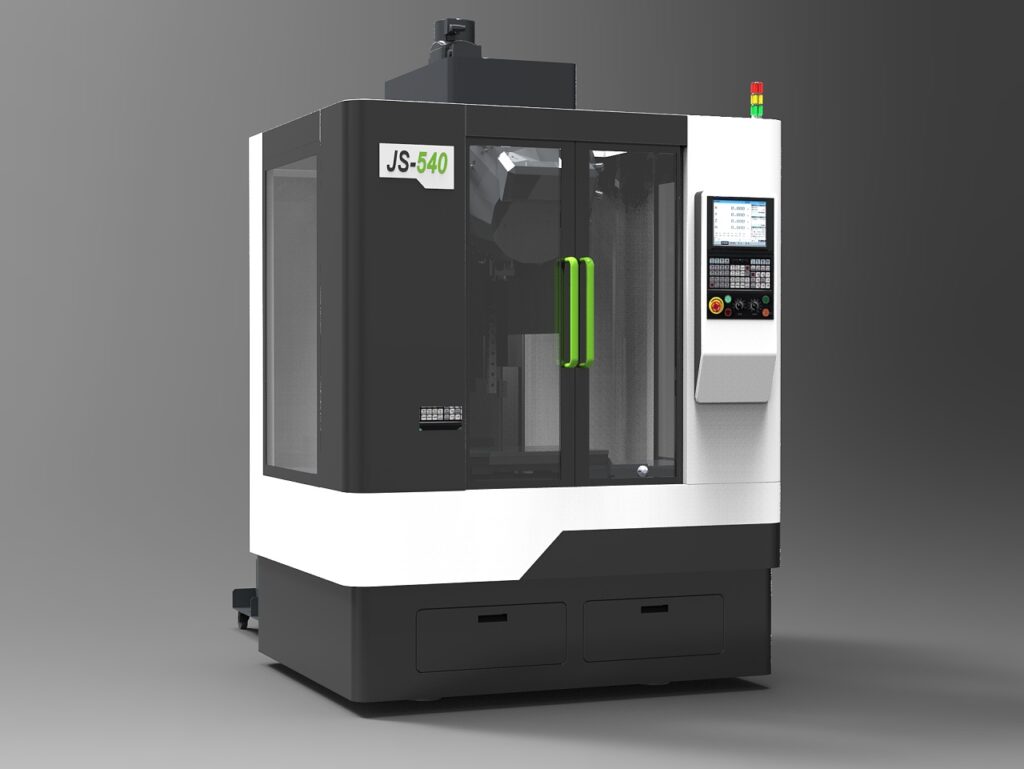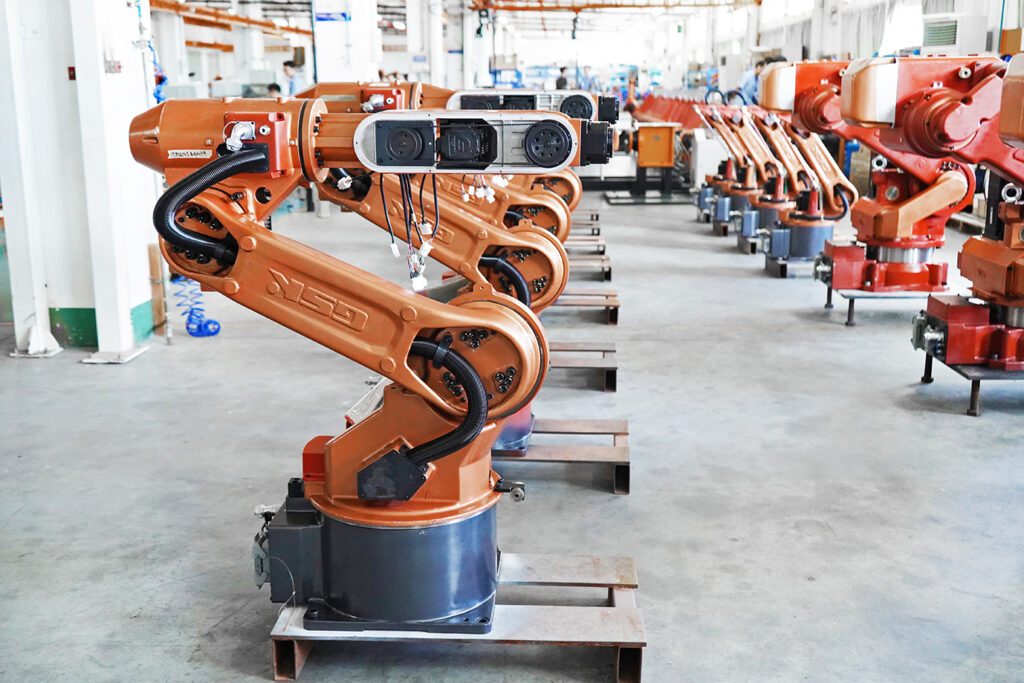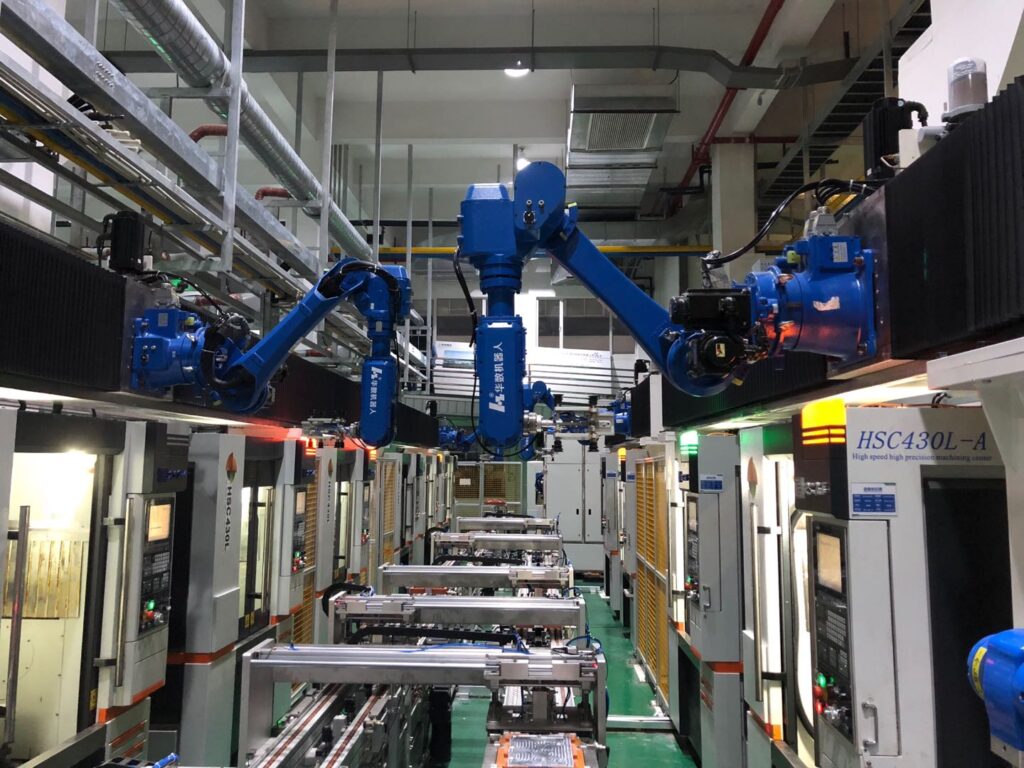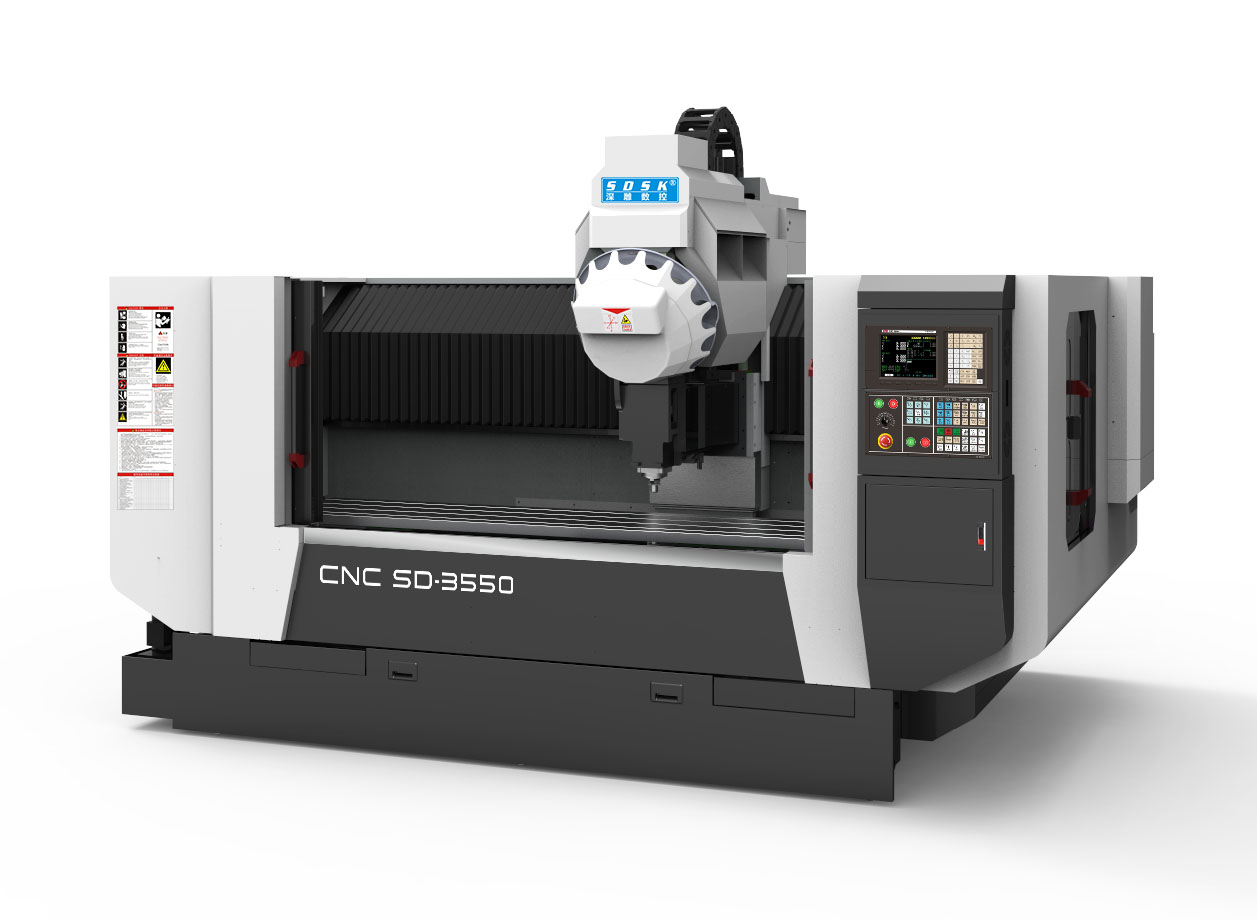How to Operate a CNC Machine: The Best Guide
CNC machines have transformed the manufacturing industry with their superior precision and efficiency. They provide unparalleled accuracy and consistency in producing complex shapes and designs, ensuring that the final product meets strict specifications and is of the highest quality. At the same time, CNC machines significantly reduce production time and increase productivity through faster cutting speeds and simultaneous multi-axis operation.
However, due to its technical nature, learning to operate a CNC machine can be challenging for beginners. This guide aims to simplify the process by providing clear instructions and practical tips to help beginners effectively operate a CNC machine for their manufacturing needs.

1.Learn about CNC machine tools
1.Basic Components
CNC machine tools consist of several key components that accurately execute programmed commands. These components include a control unit that acts as the brain of the machine and interprets the instructions; motors that drive the machine’s axes; spindles or cutting tools that perform the machining process; and sensors that monitor and ensure accuracy throughout the operation.
2.Different Types of CNC Machine Tools
Common types include milling machines, lathes, planers, plasma cutters, and laser cutters. Each type has its own unique capabilities and is used in different industries, from automotive to aerospace.

2.Prepare to run the CNC machine tool
Before you begin operating a CNC machine, it is critical to take the necessary safety precautions to ensure your health and the smooth operation of the CNC machine.
1.Safety precautions before operation
Safety is always a top priority when working with any machinery. To ensure your safety and prevent accidents, follow these important guidelines:
1.Always read and follow the manufacturer’s safe operating instructions.
2.Remember, taking these safety precautions will protect you and help with efficient and accurate handling.
3.Wear appropriate personal protective equipment (PPE), such as goggles, earmuffs, and gloves.
4.Be familiar with emergency stop buttons and switches to handle unexpected situations.
5.Keep your work area clean and tidy to avoid tripping hazards.
2.Necessary Tools and Materials
BBefore you start your machine, gather all the tools and materials you’ll need for your specific machining project. This may include:
1.Lubricants or coolants: Depending on your machining process, you may need lubricants or coolants to reduce friction or dissipate heat.
2.All of these readily available items will help streamline your workflow and avoid unnecessary interruptions in your manufacturing process.
3.Workpiece material: Determine the material you’ll be working with, such as wood, metal, or plastic.
4.Cutting tools: Choose the appropriate tool based on the intended outcome and type of material.
5.Clamps or vises: Hold the workpiece firmly in place during machining operations.
3.Be familiar with using the machine’s control panel
Knowing how to navigate and operate the control panel is essential to successful machining. Take the time to familiarize yourself with its various components, including:
1.Power Switch: Use this switch to turn the machine on/off.
2.Emergency Stop Button: Press this button in case of an emergency or unexpected situation.
3.Control Panel Display: Provides information about the current settings, tool paths, and other relevant data.
4.Jog Buttons: Use these buttons to manually move the CNC machine’s axes for precise positioning.
5.Function Buttons: Access functions such as returning to origin, changing tools, or selecting a program.
By becoming familiar with these functions, you can operate your CNC machine with confidence and efficiency.

3.Operate CNC machine tools
1.Loading and securing workpieces
Before you begin machining, it is critical to properly load and secure your workpiece. This ensures stability during the cutting process and prevents accidental movement that can cause inaccuracies. Carefully place your workpiece on the machine’s table and ensure it is securely secured using clamps or other appropriate methods.
2.Set appropriate cutting parameters
Setting the correct cutting parameters is critical to achieving optimal results. Factors such as feed rate, spindle speed, and depth of cut must be carefully considered depending on the material being machined and the desired results. Refer to SYIL’s user manual or online resources for specific parameter setting recommendations.
4.Troubleshooting and maintenance
Being aware of common problems that can arise, knowing how to troubleshoot them, and properly maintaining your CNC machine are critical to smooth operation and a long life.
5.Conclusion
Learning how to operate a CNC machine is essential for anyone interested in precision machining. By understanding the basic components and types of CNC machines, you can decide which one is right for your needs. Mastering the operation of CNC machines opens up countless opportunities across a variety of industries.
If you need an experienced CNC machining manufacturer, Xavier is your best choice. The Xavier team is well-equipped to provide high-quality CNC machining solutions to meet your personalized machining needs. If you need more information or to discuss your machining needs with us, please feel free to contact us
